When it comes to busted smartphones, liquid damage ranks right up there with shattered screens as one of the most common issues owners have to deal with—as well as the most embarrassing. Thankfully, though, with the rise of waterproof phones such as the Samsung Galaxy S7 and even the iPhone 7, this is becoming less and less of a worry. But not everyone has a waterproof device.
In fact, unless your smartphone is rated IPx7 or higher, which means it can be submerged in water up to a certain degree, you should be extra careful with your phone around water. What you do in the event that your phone does get wet will determine its salvageability.
While there are no bulletproof solutions to fixing liquid damaged devices, there are steps you can take to increase its chances of coming back to life. So the next time you drop your HTC One in the toilet, keep these things in mind.
Rice Is Not a Real Solution
Let's first talk about the obvious—moisture. The biggest concern with a phone that's wet is an electrical short occurring and knocking out the phone and its many components. Remember, water is great at conducting electricity.
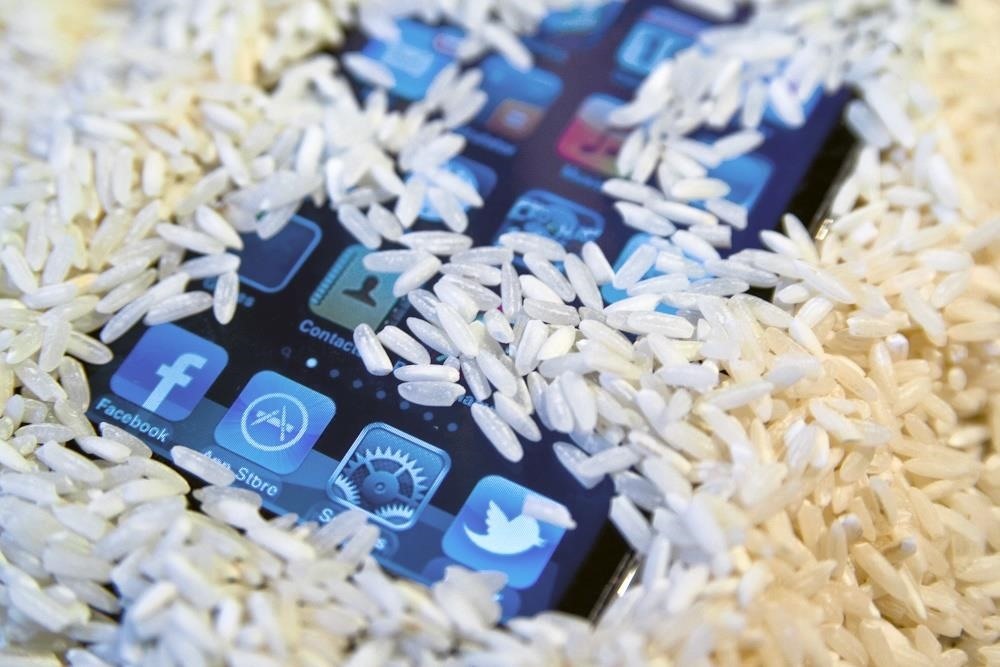
Contrary to popular belief, burying your wet phone in a bowl of uncooked rice will not make much of a difference, especially if it's soaking wet. While it's true that rice grains will help suck some moisture out, and in some instances dry the insides out, doing so won't completely solve your problems.

Tainted water surrounds us everywhere, and contains trace amounts of dissolved minerals such as calcium and chlorine, to name just a few. As your phone dries out, these impurities will rapidly collect around the myriad number of electrical contacts inside the phone, causing corrosion and rust.
Back Up Your Phone!
Back up your phone on a regular basis to keep data loss at a minimum at worst. This is the best way to insulate yourself from disaster. If you have an iPhone, take advantage of iCloud or back up to iTunes regularly. If you have an Android, make sure to back up everything you need to with your Google account, or use a third-party tool. If the worst should befall you, and you end up getting a replacement device, at least your precious data is intact.
Keep Your Phone Away from the Bathroom
Stop taking pictures in the bathroom! As silly as this sounds, this is by far the leading cause of water damage, with an extra serving of suck when you're reading texts while over the toilet. No wonder why water damage is the most embarrassing problem phone owners experience.
And Babies & Pets!
Always keep your devices a safe distance away from pets and children, especially infants. Babies and phones don't mix—they love to slobber and bite into things. I once had an iPhone 6 that had its ear speaker knocked out and LCD distorted because I was careless enough to leave it within reach of my then 9-month-old. When I finally realized what I did, it was too late; he was sucking on the top of it.
What You Need to Do When Your Phone Gets Water Damage
In the event that your phone does get wet, the first thing to do is to turn it off instantly. This is perhaps the most important thing, because you don't want to cause any more damage than necessary. Remove the battery if you have a device that allows it—do not respond to that Snapchat, "like" a post, take one last selfie—just turn it off! And don't even think about plugging your phone into a charger. Leave the phone alone and get it looked at.
Take it to a repair shop as soon as possible. The chances of a successful repair and recovery are higher the sooner the device is taken in. Ask around and see which shops are equipped for water damage repair. Shops that have ultrasonic cleaners are ideal, as these machines do a very thorough job of cleaning up the board.
Also, something to keep in mind when getting your phone repaired: parts and assemblies may have shorted and may be irreparable, so they might need to be replaced—and that'll cost extra. During my time as a repair tech, the most common parts replaced were batteries and charging ports. The average price for treating water damaged devices is $65 to $80 if successful. If not, you can expect a decent labor fee when parts replacement is needed.
Warranties aren't normally given on water damaged devices, but it never hurts to ask, so make sure you do that before taking anything in to a shop. If you have AppleCare+ or another insurance provided by your carrier or a third-party, it might be cheaper to just pay for a replacement device rather than get it fixed, and that's why it's important to back up your device, as mentioned earlier.
If you don't have a warranty or any insurance, and want to use the repair shop as a last resort, you can try drying it out yourself at home, but it takes patience and does not guarantee success, depending on the severity of the water damage. But you always risk a more expensive repair that way, if not successful, so it might be better to bite the bullet and pay up if you're phone is something you can't live without.
While there are no magic bullets, knowledge provides a great defense. Developing good habits and knowing what to do instead of panicking when urine hits the fan (or your phone) will help mitigate any damage done.
Just updated your iPhone? You'll find new emoji, enhanced security, podcast transcripts, Apple Cash virtual numbers, and other useful features. There are even new additions hidden within Safari. Find out what's new and changed on your iPhone with the iOS 17.4 update.







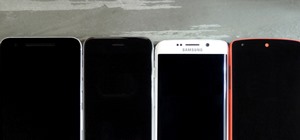
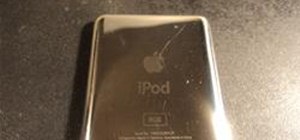
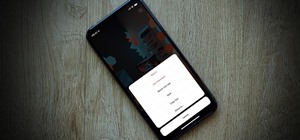
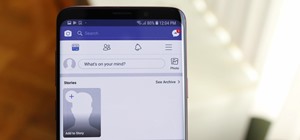

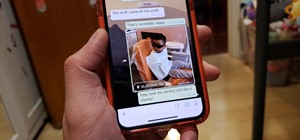
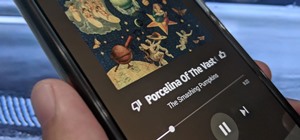
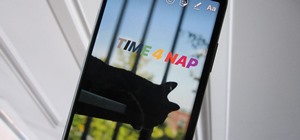
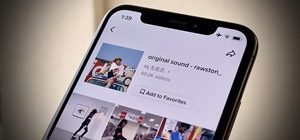
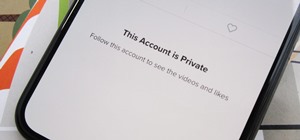


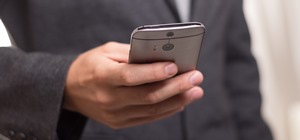


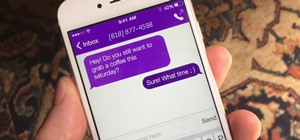
Be the First to Comment
Share Your Thoughts